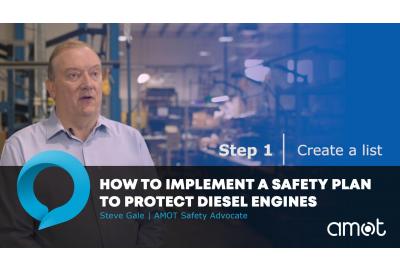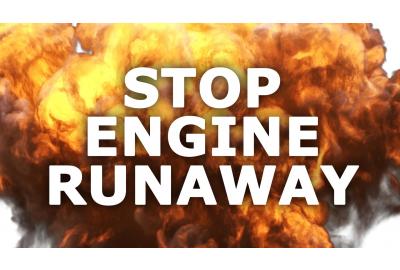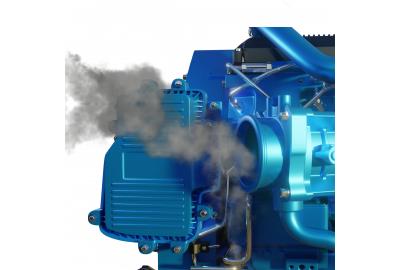We know that hydrocarbon releases happen in refineries and gas plants; there’s a long, documented accident history to prove it. Plant safety rules already prohibit things-like lighters and cell phones-that can ignite flammable vapors, but what can we do about diesel engines? Refineries use all sorts of diesel equipment during normal operations, and they can easily become an ignition source if a flammable vapor is ingested into the engine’s air intake system. Air intake shut off valves are proven to protect against diesel runaway, but trying to implement new site safety requirements can feel overwhelming.
Watch our video below and learn how to get started in 5 simple steps.
Step 1: Create a list of owned or leased diesel equipment on the site. Start with the most frequently used machines and those located closest to restricted areas, as these present the highest risk. Include all the vehicles, cranes, air compressors, light towers and portable generators that could enter the restricted areas. Don’t forget the emergency response vehicles, too.
Step 2: For each item on your list, record its engine make and model or air intake hose size. Valves come in different sizes for different engines, and you’ll need this information to select the correct valve and accessories.
Step 3: Contact a reputable manufacturer of air intake shut off valves to specify the correct valve based on engine make, model and size. AMOT has a full-time staff of professionals who are familiar with all engine makes and models and we can help make this step easy.
Once the valves are installed, either by your mechanics or at a local shop, identify these vehicles with a colorful tag or sticker. Place the tag in a highly visible location.
Step 4: Amend your company safety policy to include language like this:
Vehicles requiring entry to the process site must, at minimum, be installed with an automatic air intake shut off valve that can be function tested.
Step 5: Implement a gate inspection check system to keep vehicles or rental machinery without the proper tag away from restricted areas.
AMOT has helped refineries, LNG production areas, and bulk storage sites around the world implement this system and we’ve seen it result in much safer environments. We can help you, too. Contact us and one of our safety advocates can conduct a free assessment of diesel engine risks on your site.












